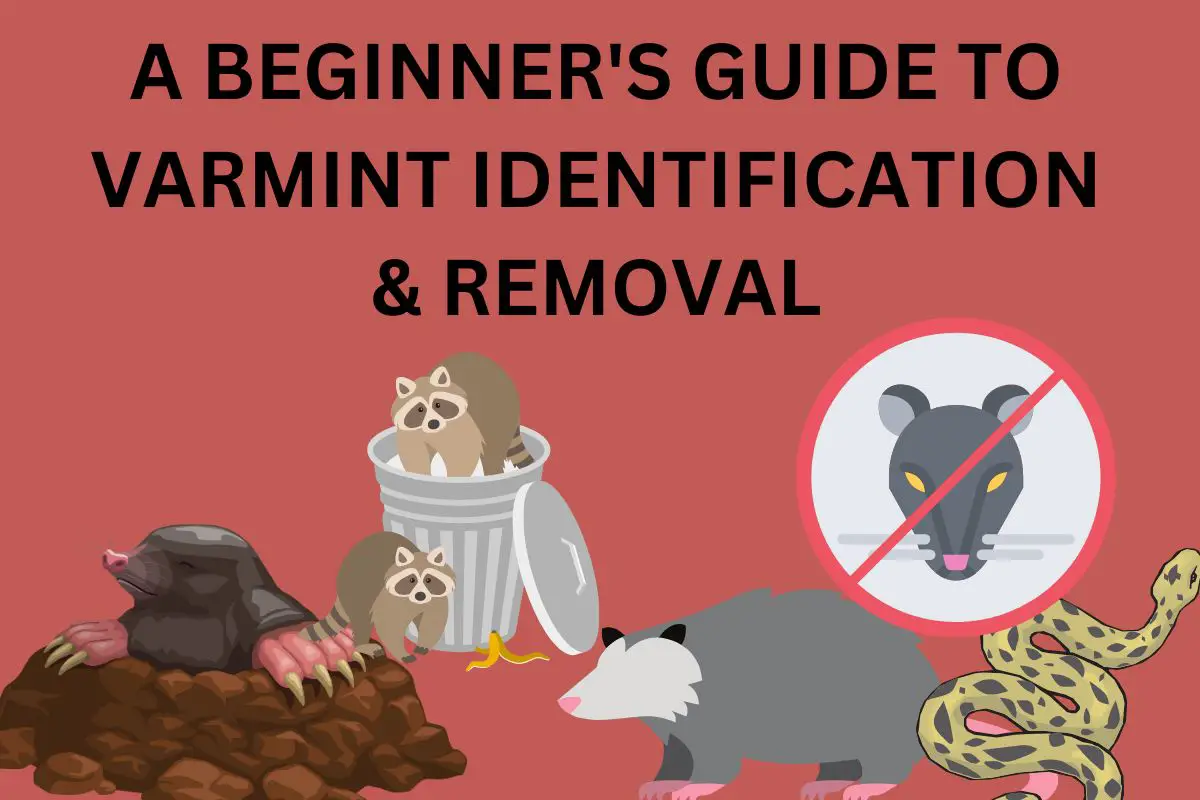Some of the most common varmints include rodents such as rats and mice and larger animals like raccoons, skunks, and opossums.
This guide explores some helpful tips and tricks to identify and keep common critters at bay.
Identifying Common Varmints
Identifying common varmints is a challenging task for homeowners and farmers alike. These pesky creatures cause significant damage to crops and property and even pose health risks to humans and pets.
Proper identification is crucial to determine the best course of action to deal with them effectively.
1. Types of varmints and their behaviors
There are several types of varmints in the United States, including rodents such as rats, mice, and squirrels, as well as larger animals like raccoons, skunks, and opossums. These animals exhibit different behaviors depending on the species, but many are known for causing damage to property and crops and even spreading diseases.
Rodents, for example, are notorious for chewing on wires, which leads to electrical fires, while larger animals like raccoons are known for getting into the trash and causing a mess. Identifying the specific behaviors of a varmint is crucial to managing and preventing damage.
2. How to identify varmint damage
You must identify varmint damage before taking appropriate measures to control or prevent it. Common signs of varmint damage include gnawed or chewed materials, such as wires, wood, or insulation.
Animals like raccoons and skunks may leave holes or scratches in the ground or around trash cans, while rodents may leave droppings or urine stains.
Monitoring the presence of these signs and tracking their location and frequency determine the type and severity of the varmint damage.
3. Tips for identifying varmint tracks and other signs of activity
Varmint footprints and other signs of activity can identify the animal present on your property. Look for tracks in muddy or soft soil or near areas where the animal may have searched for food or water.
Other signs of activity may include scat or droppings, chew marks on wood or wires, or holes in the ground near trash cans or gardens.
Using this information to identify the varmint and its behavior help take appropriate measures to control or prevent damage.
Click the images below to learn more:
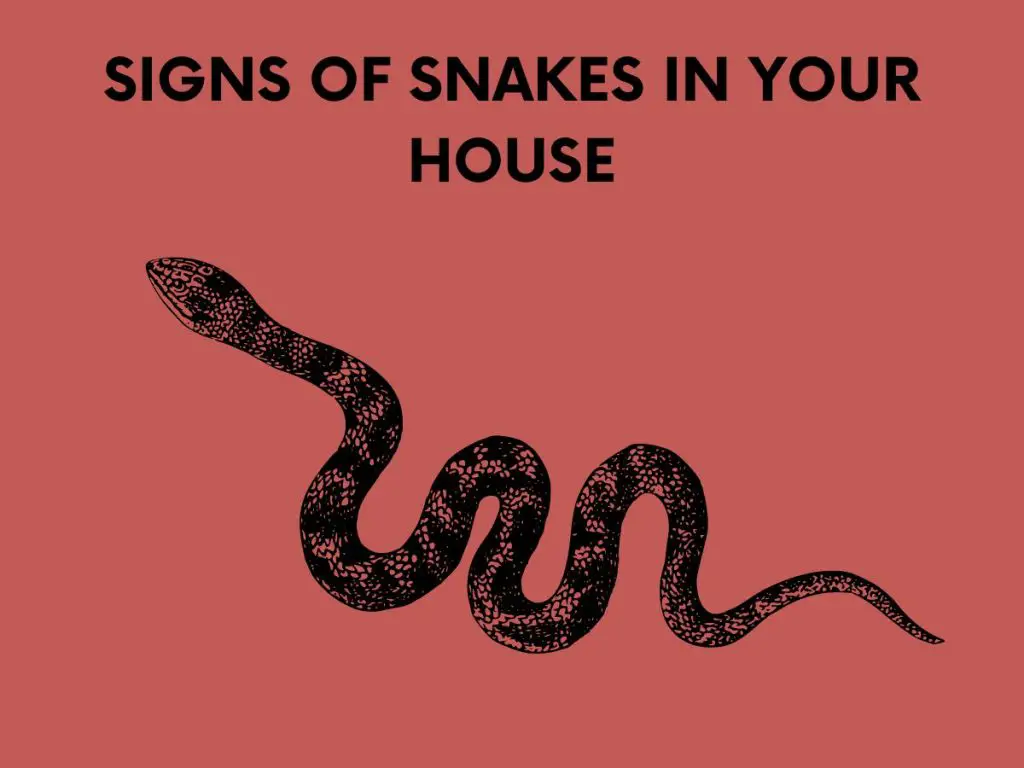
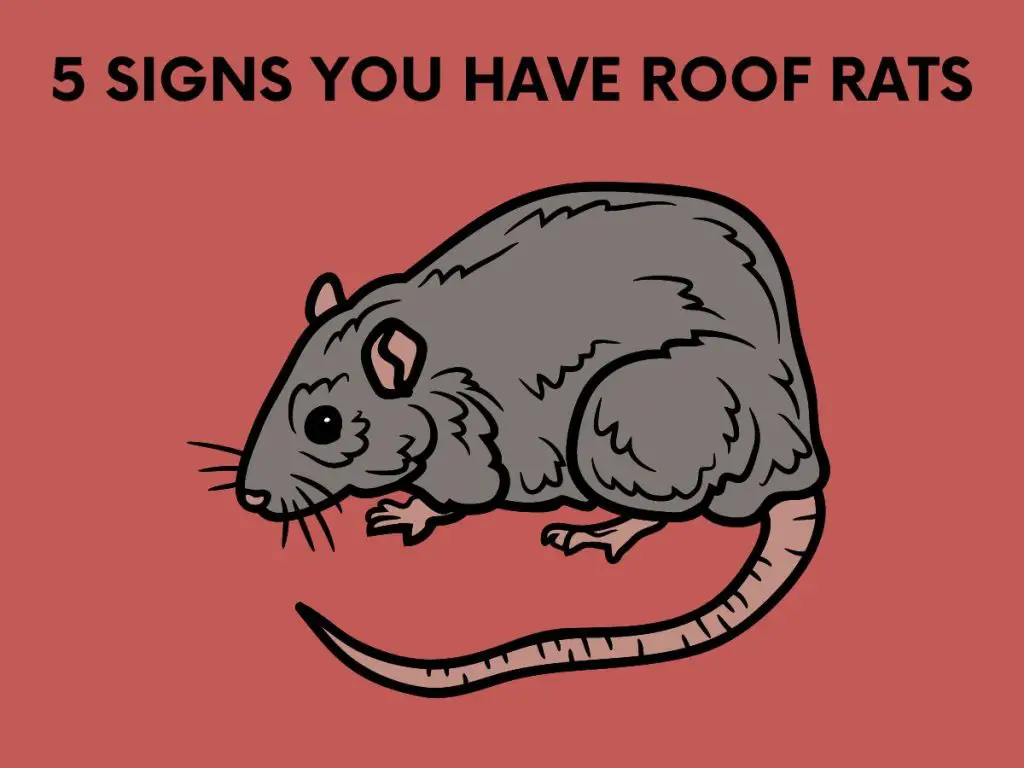
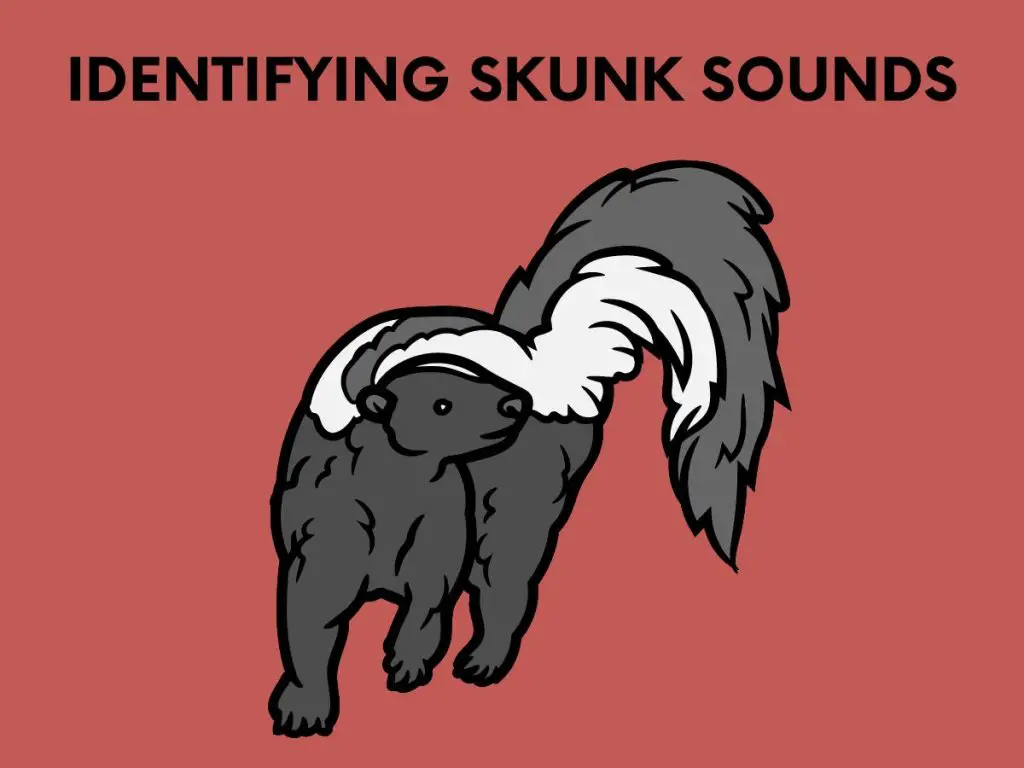
Understanding Varmint Behavior
Understanding varmint behavior is key to effective management and prevention of damage. Knowing what a varmint eats, where it nests, and how it moves can help prevent access to food and water sources and identify potential entry points into buildings or other structures.
Paying attention to behavior during different seasons, such as when animals may be more active or searching for shelter, is also helpful.
Finally, understanding the behavior of different species of creatures helps determine the best control or prevention methods for each.
1. Understanding what attracts varmints
Varmints are attracted to food, water, and shelter, so eliminating or securing these sources prevents their presence. Store food in airtight containers, keep trash cans tightly sealed and clean up any fallen fruits or vegetables.
Fix any leaky pipes or faucets and eliminate standing water. Additionally, removing potential nesting sites, such as piles of wood or debris, deters varmints from taking up residence on your property.
2. Understanding varmint habits and tendencies
Varmints are wild animals that cause damage to property and pose a threat to human health. Understanding their habits and tendencies prevents infestations and minimizes damage.
Some common varmint behaviors include nesting, foraging, and burrowing, which are deterred by securing trash cans, removing potential food sources, and sealing entry points.
Approach varmint control cautiously and follow local regulations and humane practices.
3. Tips for preventing varmint activity in your area
Preventing local varmint activity protects your property and maintains a healthy environment. Some effective methods include securing trash cans, removing potential food sources, and blocking off entry points.
Maintaining a clean and tidy property also discourages varmints from nesting or foraging.
If you experience a persistent varmint problem, consider contacting a professional wildlife control service for safe and humane removal.
Humane Varmint Removal Methods
Humane varmint removal methods involve safely capturing and relocating wild animals without causing harm. Some common techniques include live trapping, one-way exclusion devices, and habitat modification.
You must follow local regulations and seek the assistance of a licensed wildlife control professional to ensure the safe and ethical removal of varmints.
1. Live trapping techniques
Live trapping is a humane method for capturing and removing varmints from your property. To trap one, choose a trap size appropriate for the animal and bait it with a food source that the creature is attracted to.
Place the trap where the varmint has been seen, and check it regularly so you can release or relocate the animal as quickly as possible. Handle trapped creatures with extreme caution and follow local regulations for their safe and humane disposal or relocation.
2. Repellents and deterrents
Varmint repellents and deterrents are effective in preventing infestations and reducing property damage. Some natural repellents include predator urine, spicy or strong-smelling plants, and ultrasonic sound devices.
Physical deterrents such as fencing, netting, and wire mesh are also effective when blocking off entry points or protecting gardens and crops. Use repellents and deterrents safely and follow manufacturer instructions to avoid harm to humans and non-targeted wildlife.
Click the images below to learn more:
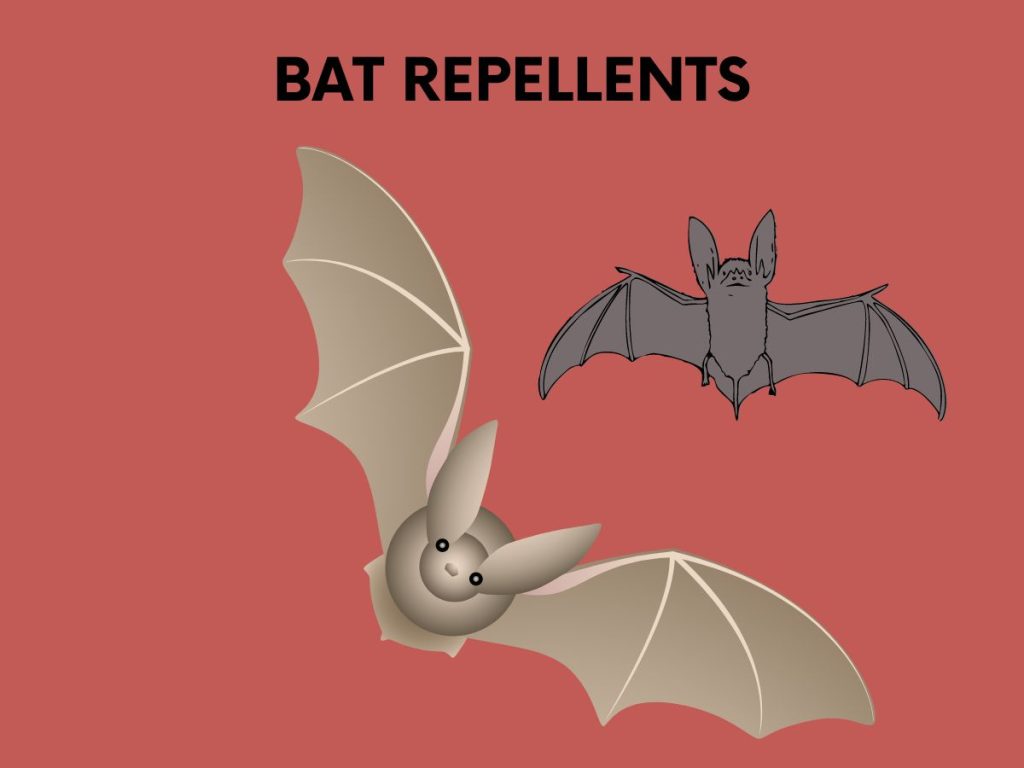
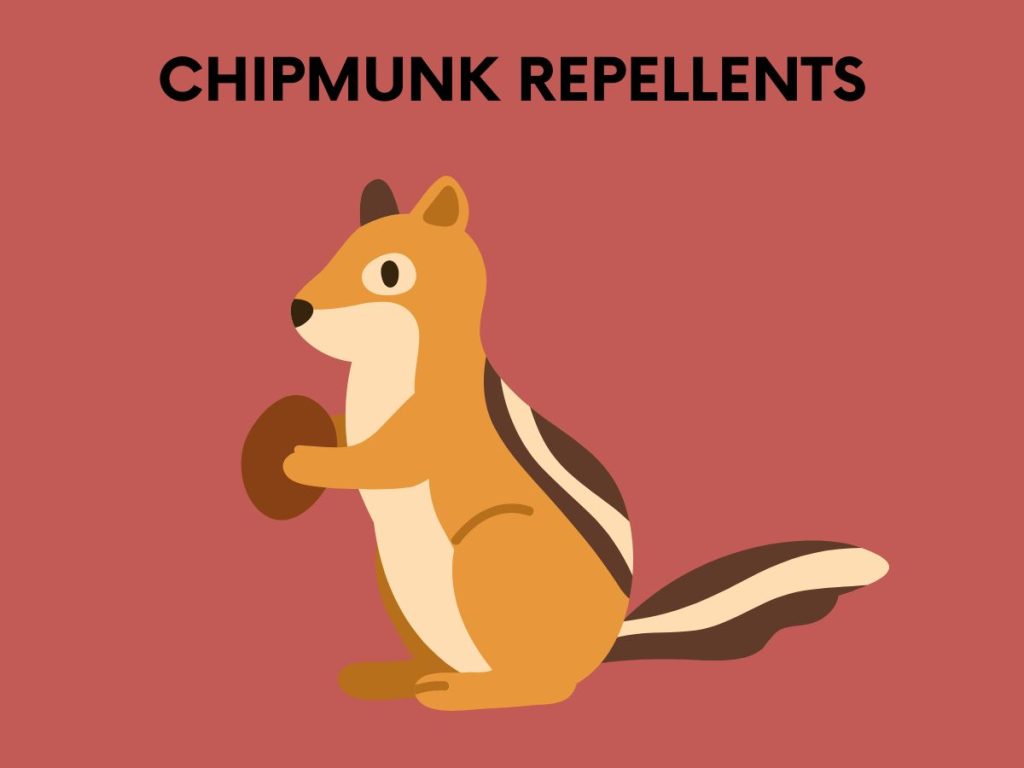
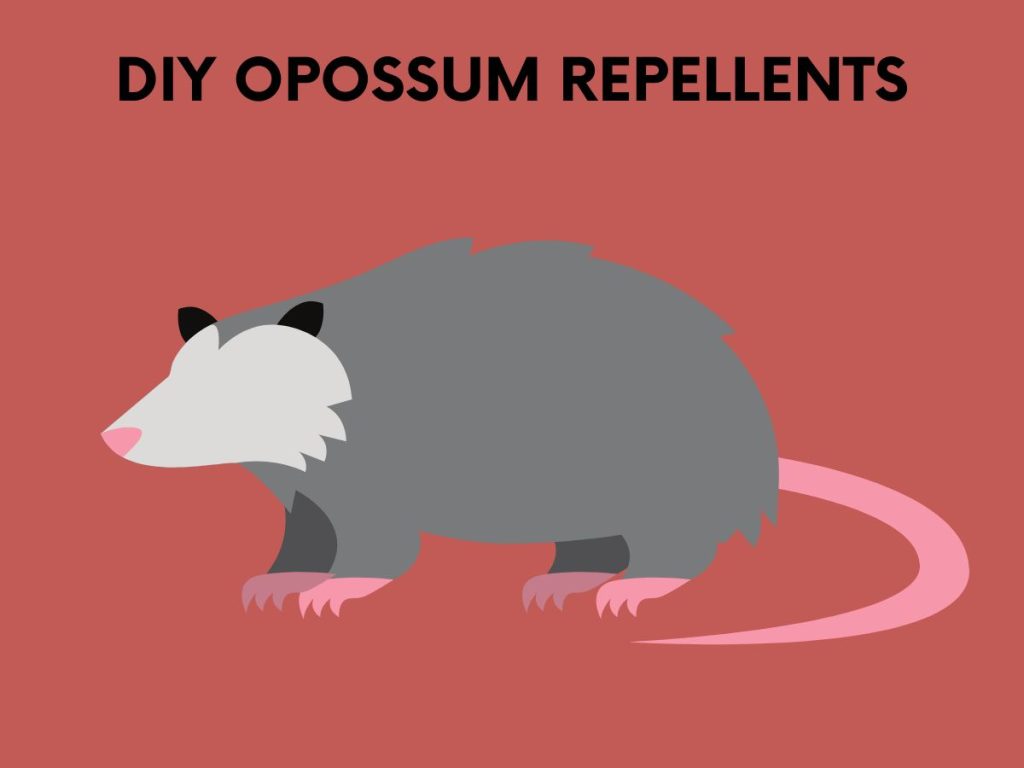
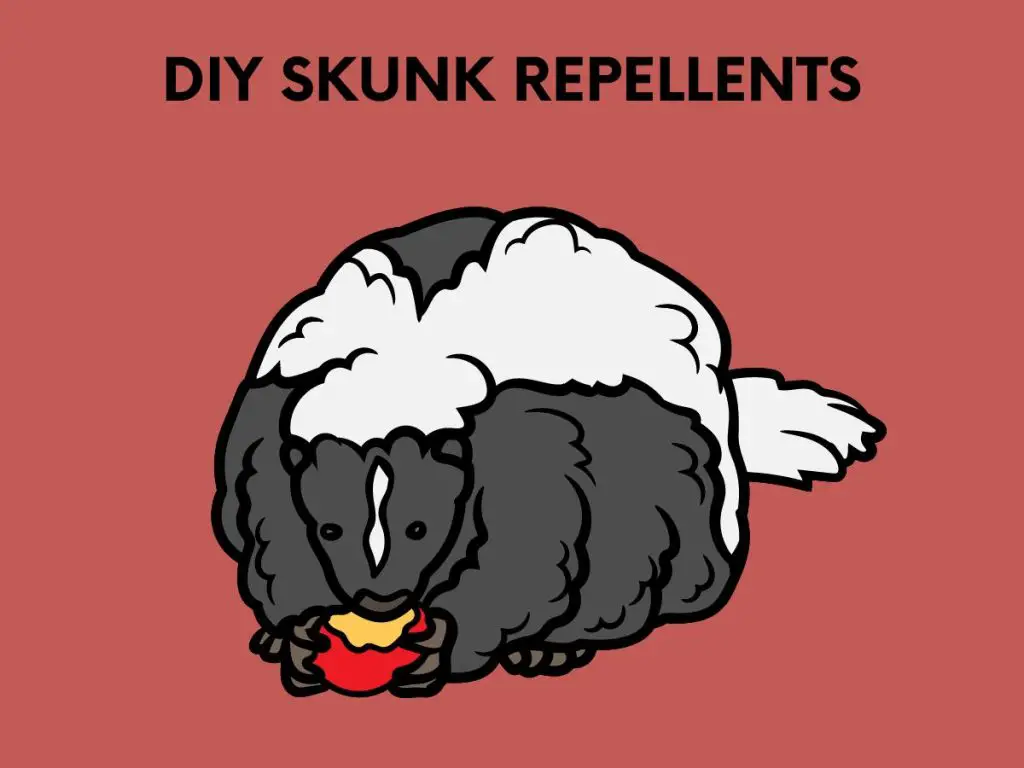
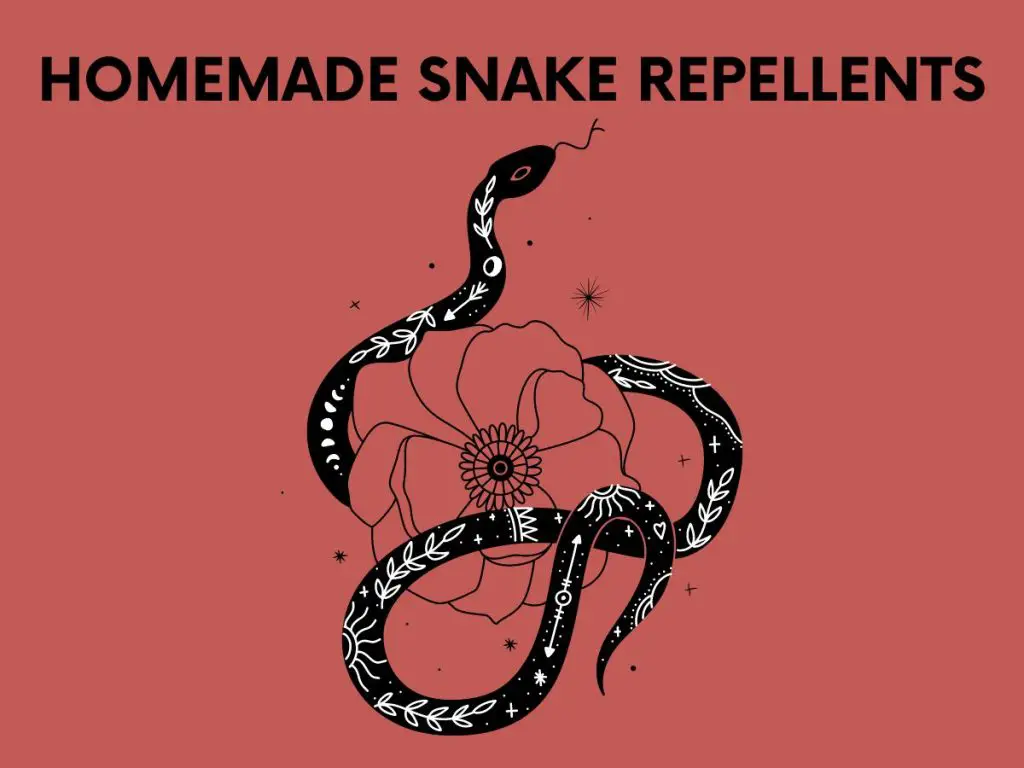
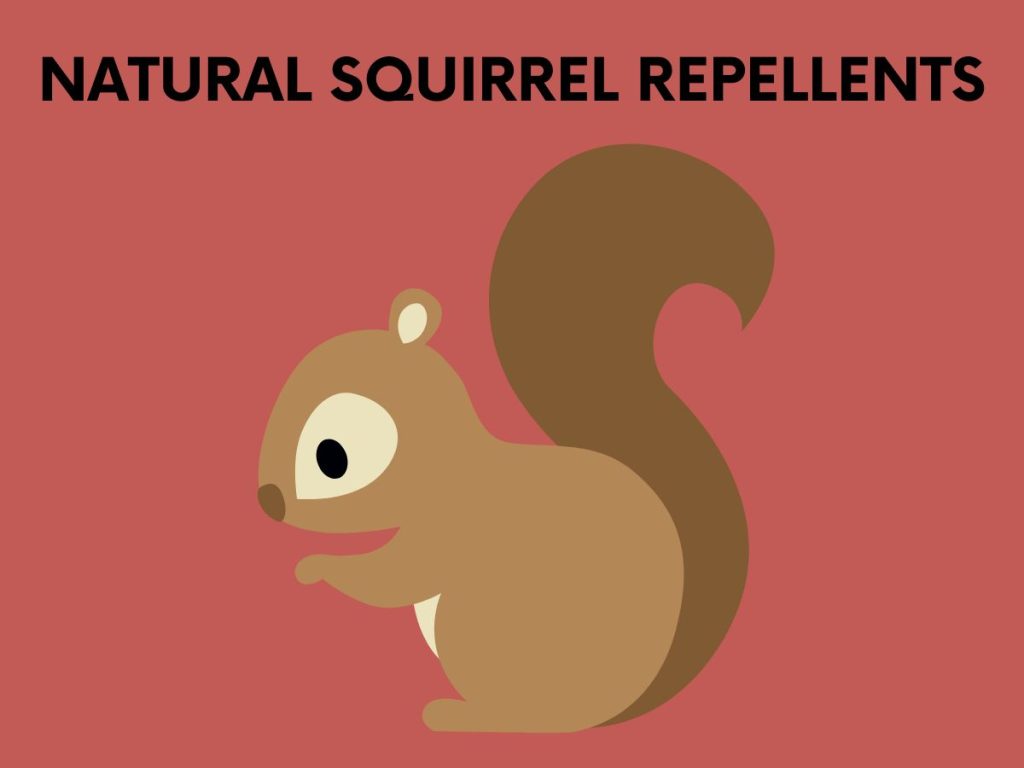
3. How to safely and humanely remove varmints
Safely and humanely removing varmints from your property involves following local regulations and utilizing humane methods. Live trapping, one-way exclusion devices, and habitat modification are effective techniques for capturing and relocating wild animals without causing harm.
It is important to handle trapped varmints cautiously and release or relocate them as soon as possible. Consider contacting a licensed wildlife control professional for assistance with safe and ethical varmint removal.
4. Tips for releasing varmints in a safe location
Releasing varmints in a safe location after capture involves careful handling and the selection of an appropriate release site. Avoid handling the animal directly and wear protective gloves or use a blanket to cover the trap during release.
Choose a release site suitable for the animal’s habitat, away from human activity, and with access to food, water, and shelter. Observe the animal’s behavior after release to ensure it has successfully adapted to its new environment.
Legal Considerations
When removing varmints, follow local, state, and federal regulations regarding wildlife control. Some states require special permits or licenses for trapping and releasing some species of animals.
Also, using certain types of traps or poisons that cause harm or suffering to animals is illegal.
Consider consulting with a licensed wildlife control professional to ensure compliance with legal requirements and humane practices.
1. Understanding local and state laws regarding varmint removal
You must understand local and state laws regarding varmint removal to conduct safe and legal wildlife control. Regulations vary by location and may include permits, licenses, and humane practices requirements.
Research local and state laws and consult with wildlife control professionals or government agencies for guidance on legal varmint removal methods. Avoid using illegal traps or poisons that cause animal suffering.
2. Permits and licenses for varmint removal
Permits and licenses may be required for varmint removal in certain locations and certain types of animals. Check with local and state government agencies to determine if permits or licenses are necessary and what requirements must be met.
Some permits may have specific guidelines for humane trapping and relocation. Follow all permit and license requirements to ensure legal and safe varmint removal.
3. Tips for working with local wildlife officials
Working with local wildlife officials provides valuable guidance and resources for safe and legal varmint removal. Contact your local wildlife agency or animal control department to report varmint activity and seek assistance.
They provide information on local regulations, permit requirements, and humane removal methods. You should cooperate with wildlife officials and follow their safe and effective varmint removal guidelines.
Prevention and Management
Preventing and managing varmint activity involves identifying and addressing the factors that attract them to your property. Securely store food, trash, and pet food, and clean up any debris or clutter that provides hiding places for varmints.
Install fencing, netting, and wire mesh to block off entry points and protect gardens and crops. Regularly inspect your property for signs of varmint activity and take prompt action to address any issues.
1. Tips for preventing future varmint activity
Preventing future varmint activity involves addressing the conditions that attract them to your property. Securely store food and garbage, seal off potential entry points, and remove any possible hiding places, such as brush piles or cluttered areas.
Regularly inspect your property for signs of varmint activity and take prompt action to address any issues.
2. Management techniques for ongoing varmint control
Ongoing varmint control involves a combination of prevention and management techniques. Implementing exclusion methods such as fencing and sealing off entry points prevents varmint activity.
Regular monitoring and trapping reduce existing populations. Consider using repellents or deterrents as an additional management tool, and work with wildlife officials or licensed professionals for safe and humane removal methods.
3. Understanding the importance of habitat management and ecosystem balance
Varmints play an important role in the ecosystem, and habitat management maintains balance and biodiversity. Removing varmints without considering the impact on the ecosystem can lead to unintended consequences such as overpopulation of certain species or disruption of food chains.
Effective varmint management includes understanding the species’ role in the ecosystem and addressing factors that attract them to human habitats. We can promote a healthy and balanced ecosystem for all species by implementing humane and sustainable management practices.
Resources for Varmint Removal
Local government agencies such as animal control or wildlife services provide information on regulations and available services.
Private companies specializing in wildlife removal may also be available in some areas. Online resources, such as websites and forums, provide information on humane removal techniques and tools.
1. Books and online resources for learning more about varmint removal
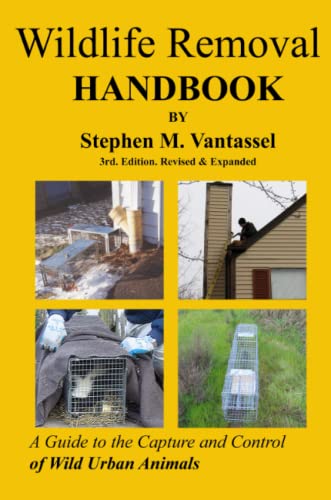
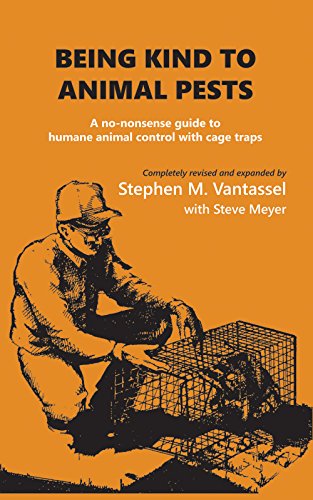
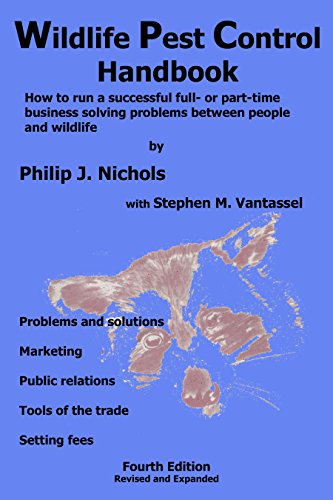
Online resources such as the National Wildlife Control Training Program and the Humane Society of the United States specialize in humane removal techniques and wildlife management practices.
Local government agencies and private wildlife removal companies may also offer resources and educational materials.
2. Local pest control and wildlife removal services
The type of local pest control and wildlife removal services will depend on the location and type of animal involved. Some companies specialize in humane and sustainable removal methods, while others may use more traditional pest control methods.
Researching and comparing services in your area help you find a provider that aligns with your values and needs.
Contacting your local government agencies or animal control office may also provide information on available services.
3. Tips for building a community of like-minded individuals for support
Building a community of like-minded individuals for help is a valuable resource for those interested in varmint removal and wildlife management. Joining local conservation or wildlife groups, attending community meetings or events, or volunteering for wildlife rehabilitation organizations are great ways to connect with others who share your interests.
Social media groups and online forums also provide a platform for connecting and sharing information with like-minded individuals. Finally, feel free to reach out to local wildlife professionals or government agencies for advice or support.
Further Aspects And Advice About Removing Varmints
In conclusion, dealing with nuisance wildlife is a challenging experience. From raccoons in the crawl space to woodpeckers pecking at your siding, wildlife problems cause significant property damage, health hazards from feces and dead animals, and even threaten public safety.
Regarding animal removal, DIY methods are effective for some nuisance animals, but in other cases, it may be necessary to call in a wildlife control company or trapper.
Before attempting any do-it-yourself solutions, research your local laws and regulations, and consider contacting your state’s DNR for advice or obtaining a hunting license. FAQs on topics such as one-way doors and the safe removal of nuisance animals are available from reputable pest control companies or wildlife control companies.
Remember, when it comes to wildlife species such as groundhogs, chipmunks, coyotes, and waterfowl, you should always consider humane methods of nuisance wildlife control.
By working with professionals and taking steps to prevent future wildlife damage, you can effectively manage your wildlife problems and create a safer, more harmonious environment for both humans and critters alike.

